Docs Menu
Code Samples
Implementation Guides
Integrations
Frequently Asked Questions
What is All Access?
A collection of APIs for Movie, TV, Celebrity, Video, Image, Showtime, TV Grid, Recommendations and much more to help you build incredible content discovery experiences.
Are There Any Limitations?
Limits are based on your level of access. Fabric Origin can scale to meet any major enterprise need.
Demo accounts are limited to 1 call per second and a max of 1,000 calls per month, video is limited to 450 kbps and additional APIs may have more restrictive rate limiting. Not all endpoints are accessible through this subscription.
Enterprise accounts contact Sales. Rate limits start a 5 calls per second but can scale to meet the needs of any enterprise business. Additional calls can be added for a fee.
Rate limit policies use a sliding window. Requests will be allowed only if less than the configured max number of requests were made in the last 20 seconds.
Do you offer a Service Level Agreement (SLA)?
Yes! Fabric Origin understands the importance of keeping services available. See your enterprise contract for details or contact Sales.
Do you have any SDK's?
Service Stack References are available for a number of languages and most IDE's. Check out our Getting Started page for more information.
Does the API support SSL?
Yes. All of our APIs including data, video, and images support SSL.
Can I use your videos on YouTube?
No. All videos are hosted by Fabric Origin, come with an SLA and clearance from the stuidos but are not cleared for YouTube. You may use these videos on your own site where you can control the advertising.
Can I monetize the video?
Yes. Note: Some videos have a restriction on ads. See the documentation on the AllowAds parameter in the MovieVideo object from the metadata.
Do you have full length content?
No. Fabric Origin aggregates short form promotional video only.
Is there a limit on the number of records returned by the API?
Yes. The limit varies by endpoint and is clearly documented in the open API spec and in our documentation, under the "Rate Limits" section.
What is the difference between the Modified and Timestamp field?
The difference between Modified and TimeStamp is that Modified is when something was changed, i.e. an availability link was added. Whereas TimeStamp is when the entire document was saved to the index and made available publicly.
